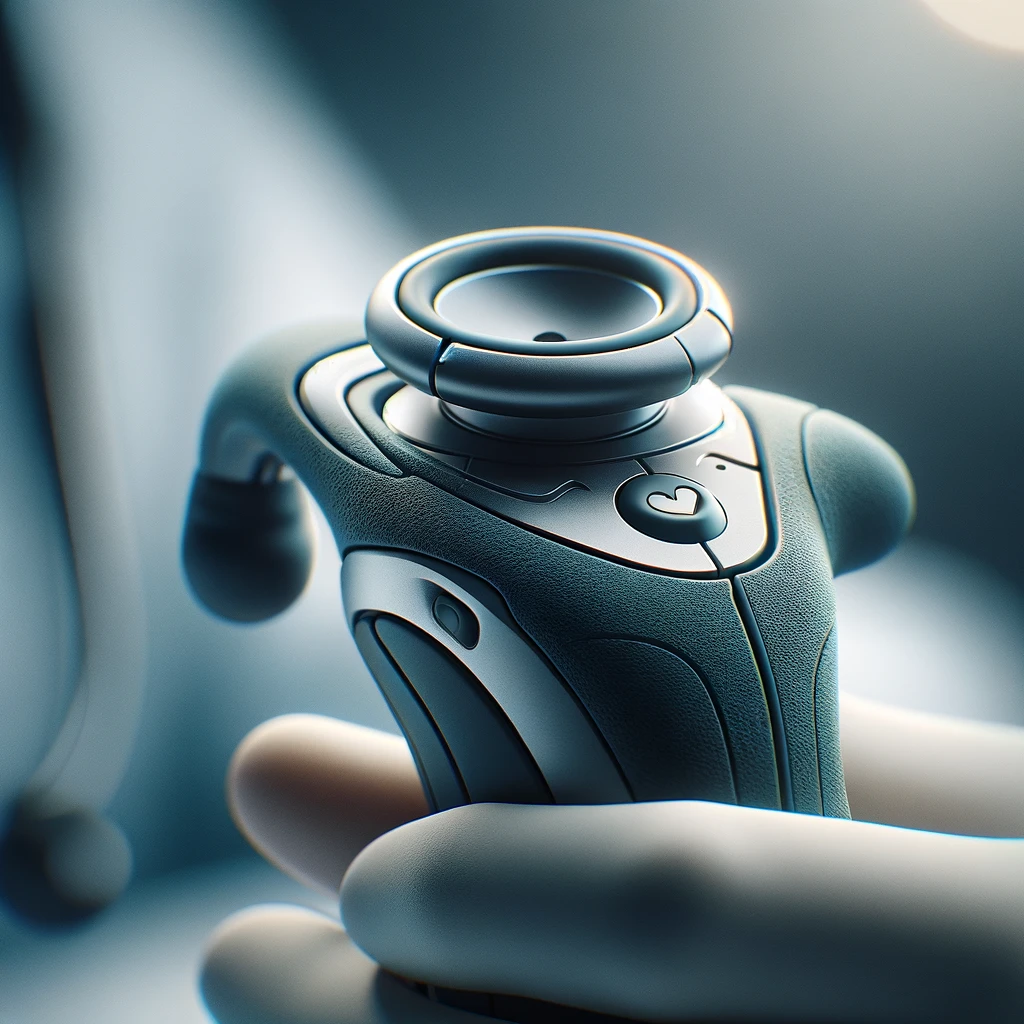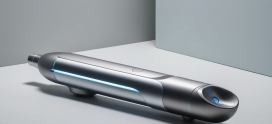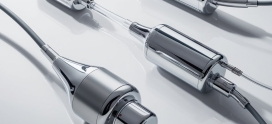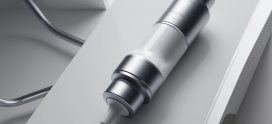
Ergonomic Design The Critical Role in Medical Device Concept
In the rapidly evolving landscape of healthcare technology, the design and functionality of medical devices play a pivotal role in ensuring optimal patient care and the efficiency of healthcare professionals. WB Engineering, a leading engineering design consulting and product development firm, delves into the significance of incorporating ergonomics into medical device design. This approach enhances the user experience for healthcare professionals and patients and sets a benchmark for innovation and excellence in the medical industry.
The Essence of Ergonomics in Medical Device Design:
Ergonomics, or the study of people’s efficiency in their working environment, is a critical factor in the design and development of medical devices. It focuses on designing devices that align with healthcare professionals’ and patients’ natural movements, capabilities, and limitations. The goal is to create devices that are safe and efficient but also comfortable and intuitive to use, thereby reducing the risk of injury and increasing the likelihood of successful patient outcomes.
Why Ergonomics Matters:
- Enhanced User Experience: Ergonomic design considers the user’s comfort and ease of use, which can significantly impact the effectiveness of medical care. Medical devices designed with ergonomics in mind are more likely to be adopted and praised by healthcare professionals, leading to widespread use and better patient care.
- Reduced Risk of Injury: For healthcare providers, repetitive motions and the use of poorly designed equipment can lead to musculoskeletal injuries. Ergonomically designed medical devices help mitigate these risks, promoting a healthier work environment.
- Improved Efficiency and Productivity: Medical Devices that are easier to handle and use can significantly reduce the time it takes to perform medical procedures, leading to improved efficiency in healthcare settings.
Case Studies of Success:
WB Engineering has successfully incorporated ergonomic principles into several medical device design projects. For example, a recent collaboration with a medical devices start-up led to the development of a handheld diagnostic tool that is lightweight and easy to maneuver and features a user-friendly interface that reduces training time for medical staff.
Another project involved the redesign of a patient monitoring system. The new design focused on improving the readability of the display, simplifying controls for ease of use, and redesigning the device’s physical form to accommodate the hospital environment better. These changes resulted in a more intuitive product for healthcare professionals to use, leading to faster, more accurate patient monitoring.
Conclusion:
Integrating ergonomic principles in medical device design is not a mere trend but a fundamental approach that can significantly enhance healthcare quality. At WB Engineering, we leverage our engineering design consulting and product development expertise to create medical devices that prioritize user experience, safety, and efficiency. Our commitment to ergonomic design reflects our dedication to advancing healthcare technology and improving the lives of patients and healthcare professionals worldwide.
For more information on how we can assist in the design and development of ergonomic medical devices, contact WB Engineering today.













